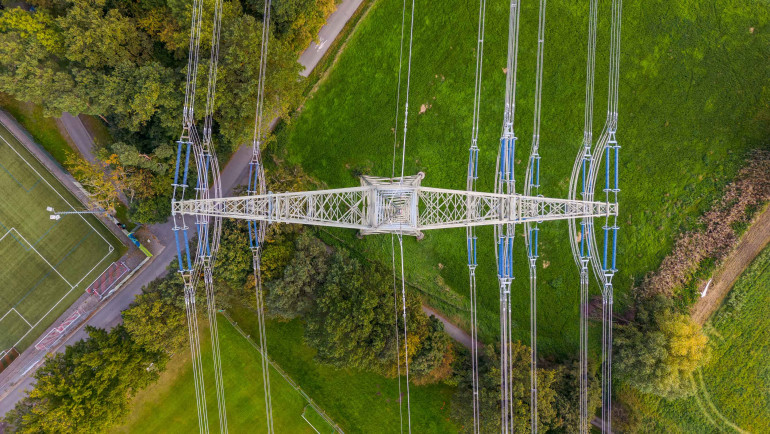
Follow India Renewable Energy News on WhatsApp for exclusive updates on clean energy news and insights
Smarter Grids: Key to Unlocking the Energy Transition Without Breaking the Bank
Apr 11, 2025
As the global push for Net Zero accelerates, one critical bottleneck threatens progress: the aging and overburdened electricity grids. While expanding grid infrastructure remains essential, it is costly, slow, and land-intensive. The latest report, Delivering the Energy Transition Will Come Down to the Wires, makes a compelling case for using advanced technologies to optimize existing grid capacity and minimize costs.
Among the highlighted innovations is Dynamic Line Rating (DLR), which uses real-time weather and load data to increase transmission capacity by up to 30%. By leveraging conditions like wind and temperature, DLR helps squeeze more out of existing lines, reducing the need for new build-outs.
AI and digital twins play a transformative role, offering predictive capabilities to simulate grid performance. These technologies allow operators to foresee demand surges, manage congestion, and enhance reliability—cutting down on blackouts and energy waste.
Battery storage and demand response further enable grid flexibility. By storing surplus power and shifting loads away from peak times, these systems reduce the need for costly transmission upgrades while improving energy use efficiency. High-Voltage Direct Current (HVDC) systems are also critical. These cables enable efficient, long-distance transmission with lower losses, helping integrate geographically dispersed renewables like offshore wind and remote solar farms.
Finally, Power-to-X technologies transform excess renewable energy into storable forms—such as green hydrogen or synthetic fuels—ensuring no energy goes unused and easing pressure on the grid.
While these smart grid solutions can’t fully replace physical expansion, they can delay and reduce the scale of infrastructure investments. Without them, the energy transition risks becoming too expensive and too slow to meet climate goals.